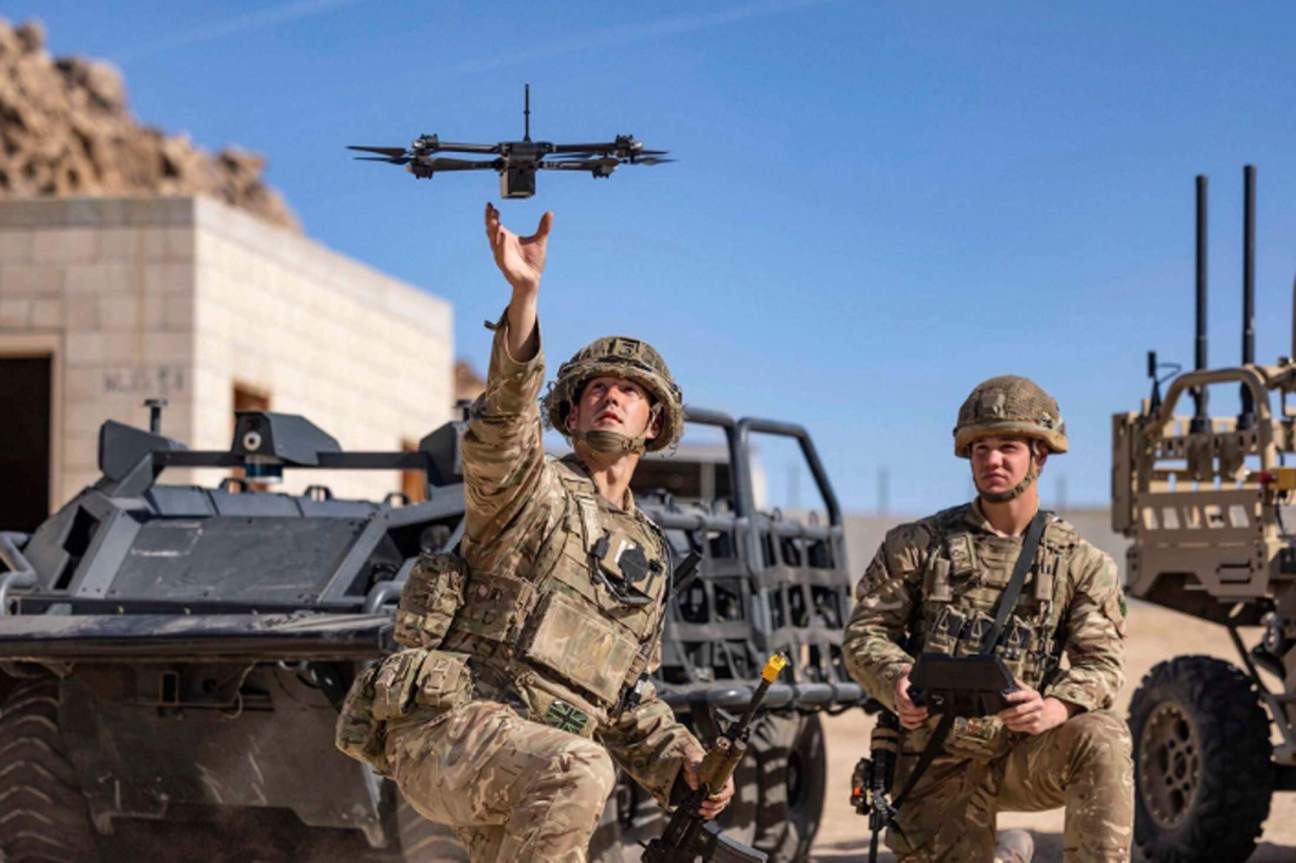The tech rivalry between the US, Russia and China will influence great-power relations
Artificial intelligence (AI), advanced computing, semi-conductors, microelectronics, connectivity infrastructure and sensors have become arenas in which states vie for dominance. Technological competition between the two principal blocs – the US and its allies on one side and China and Russia on the other – has escalated significantly. This intensification is partly driven by Russia’s war in Ukraine. But it is primarily rooted in China’s military modernisation and efforts to establish an independent technological ecosystem.

The US and its partners across the Euro-Atlantic and Indo-Pacific have responded to these threats by strengthening technological co-operation and limiting access to critical components. Yet China and Russia have circumvented Western restrictions through the use of underground networks and third-country intermediaries. Both states have also challenged export controls, while developing retaliatory measures against Washington and its allies.
Russia has shown an ability to exploit weaknesses in the global supply chain by leveraging a network of states across the Middle East, Central and Southeast Asia to acquire critical technology components for military weapons. US-made semiconductors, from appliances such as microwaves and fridges, have consistently been found in Russian weapon systems on the Ukrainian battlefield.
But the threat of China is more concerning. Beijing has heavily invested in the domestic development of industries affected by export controls, particularly microchips. It has also reduced the market share of Western firms by imposing restrictions on critical materials such as rare-earth minerals. China’s use of surveillance and AI to collect data on its citizens is of great alarm to Western strategists. So too is the country’s “military-civil fusion” strategy, which integrates resources in the civilian and defence sectors to advance military development. Beijing is implementing this policy not only through its own domestic measures but also through the acquisition of foreign technologies. This obscures end-use export controls, making it difficult to impose restrictions on items that are supplied to China.
Recent developments in AI have intensified the rivalry between the US and Beijing. In an attempt to weaken China’s ability to train large-scale AI models, the Biden administration introduced trade controls on semiconductors. Though the US has long maintained a technological edge in AI, recent developments suggest that Beijing is rapidly closing the gap. Over the coming years, AI will be one of the biggest factors in altering the balance of power between nation states. Automation could drive economic growth, while advanced AI systems capable of directing weapons could offer military advantages.
Some observers view the narrowing technological gap between the US and China as an opportunity to negotiate an agreement on the use of these systems. Given the current tensions between Washington and Beijing, however, the chances of a deal are slim. If such an agreement were to emerge, it would probably take the form of a bilateral pact rather than a multilateral arrangement. Interstate relations are becoming more transactional, with defence and technology posing complex challenges to co-operation.
Gorana Grgic is Monocle’s security correspondent.


